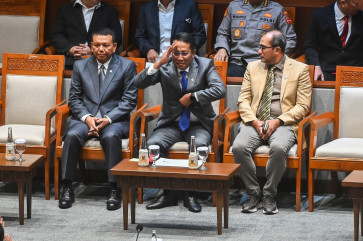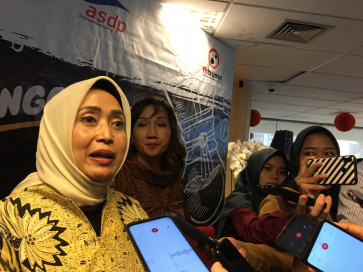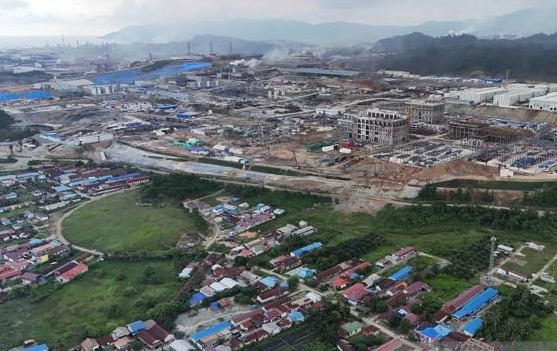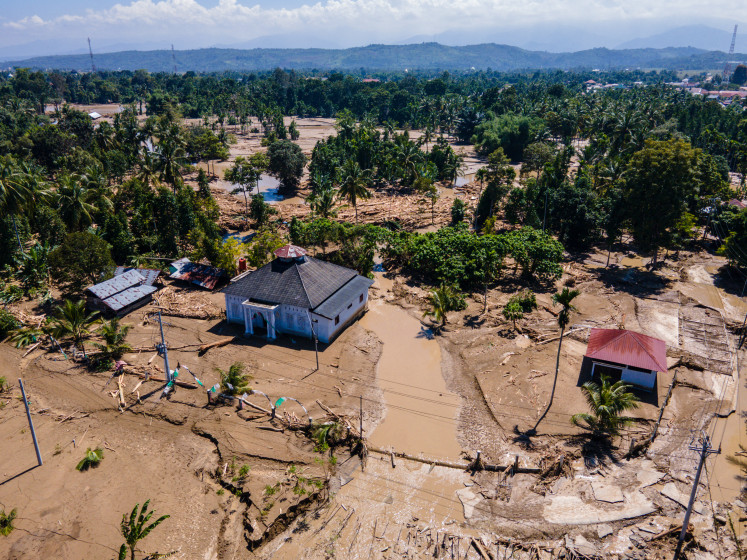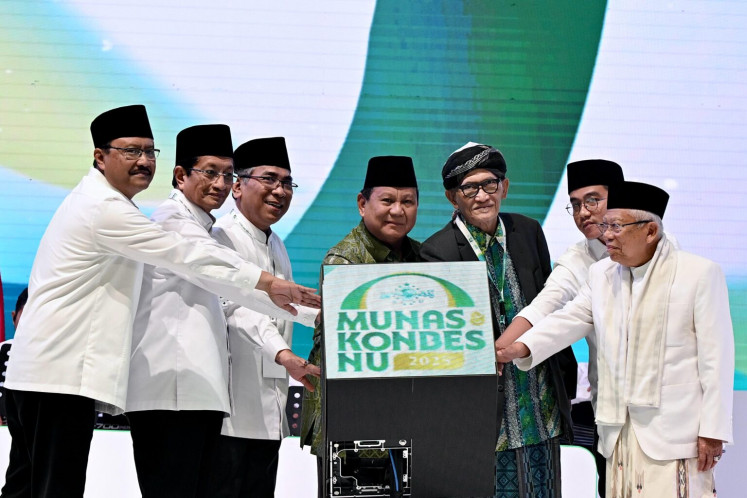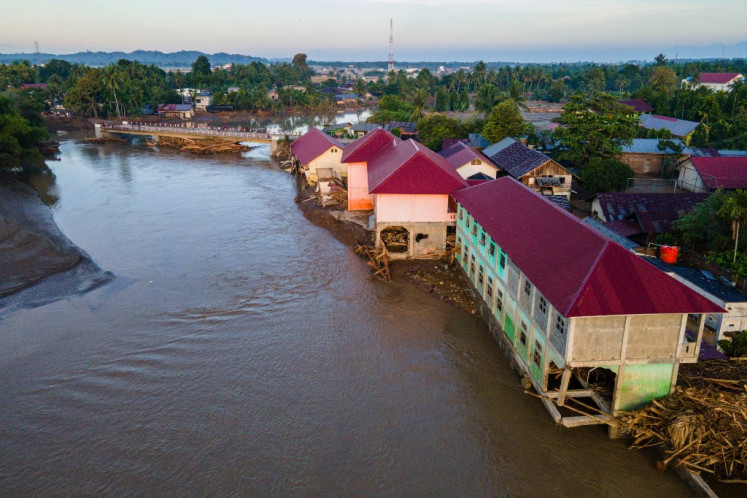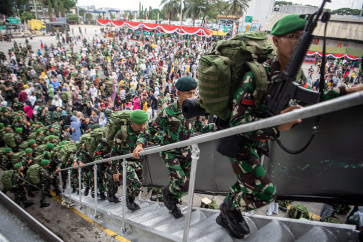Popular Reads
Top Results
Can't find what you're looking for?
View all search resultsPopular Reads
Top Results
Can't find what you're looking for?
View all search resultsSpecial operations needed to counter guerrilla warfare in Papua
The heightened frequency and intensity of attacks by armed groups indicate improvements in their mobility, combat proficiency and innovative warfare tactics.
Change text size
Gift Premium Articles
to Anyone
L
ast weekend’s fatal attack by an armed criminal group on Indonesian Military (TNI) soldiers who were on a mission in the Papua Highlands regency of Nduga to free New Zealand-national pilot Philips Mehrtens calls for meticulous evaluation by the government.
This situation is of the utmost significance considering the rise in the frequency of attacks by such groups, the apparent consolidation of the armed wing of the Free Papua Movement (OPM) and their full use of guerrilla warfare strategies.
In terms of evaluation, policymakers must delve deeply into the factors that contributed to the unsuccessful rescue operation and identify the individuals or entities responsible for assessing the hostage rescue policies.
Two main recommendations have arisen related to the handling of the armed group in question. The first is firm and measured action to deal with the group, which should not be implemented randomly, so as not to trigger adverse reactions from the local people. The second is giving priority to dialogue and negotiation involving community leaders whom both parties trust (Kompas, April 19).
Furthermore, The Jakarta Post editorial on March 2 warned that the use of military-heavy approaches would extend the cycle of violence and instill fear and resentment toward the government among indigenous Papuans. Therefore, the optimal action for the government would be to delegate the job to release the New Zealand national to a negotiation team consisting of acting Nduga regent Namia Gwijangge and religious leaders.
Taking the aspirations into account, special operations are needed to neutralize the armed group’s warfare capacity and secure the release of Mehrtens, involving skilled, experienced and capable personnel, who must receive solid and legitimate support.
To prevent further loss of security personnel, it is necessary to consider three crucial factors. First, the heightened frequency and intensity of attacks by the armed group indicate improvements in their mobility, combat proficiency and innovative warfare tactics. Furthermore, they have demonstrated an increased capability in guerrilla warfare, which includes rapid mobility, surprise elements, ambush tactics, propaganda and local community support.




